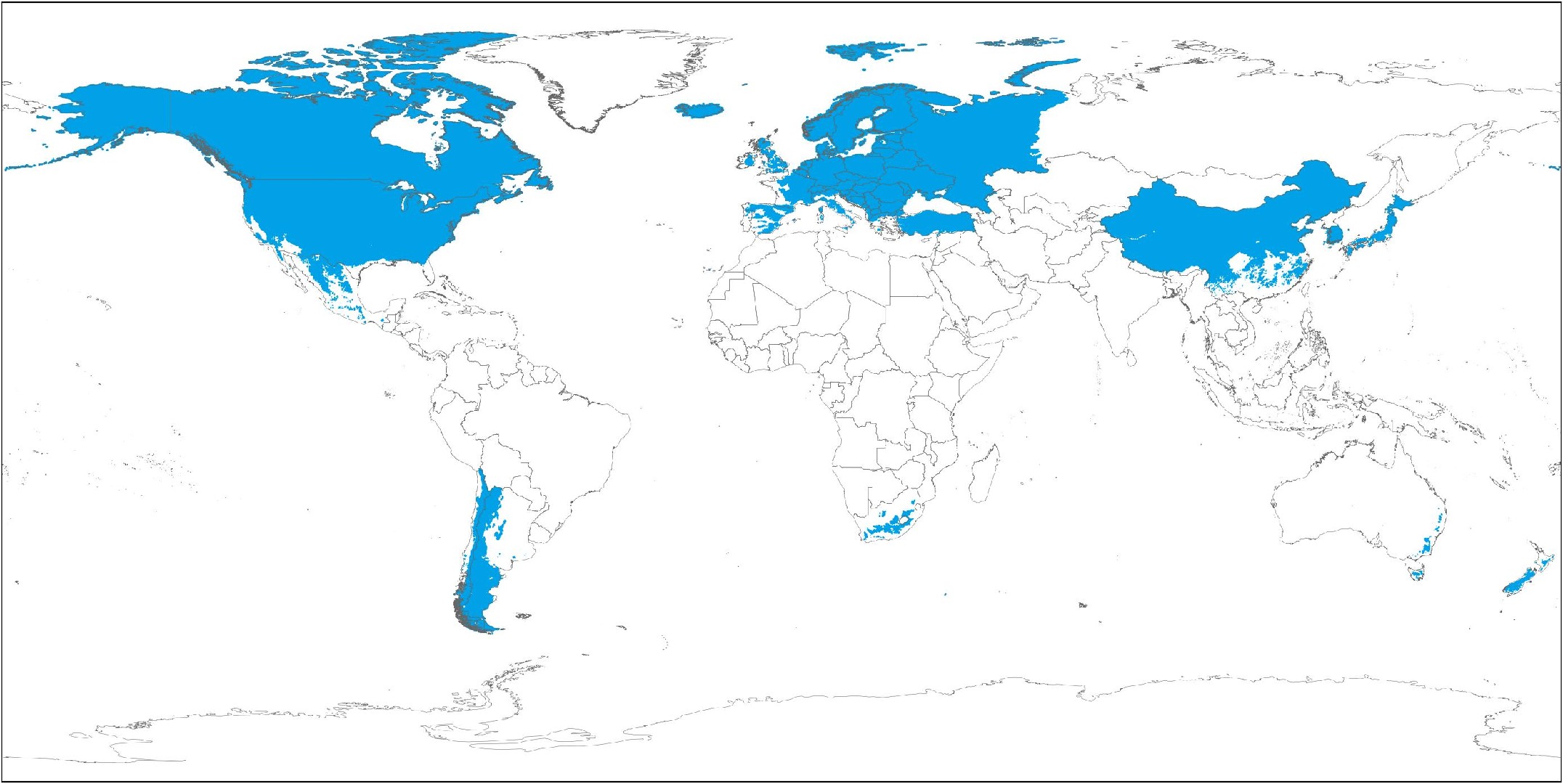Both overwatering and underwatering will be detrimental to the health of your White campion, but overwatering is a far more common issue. When this species receives too much water, its stems and leaves may begin to wilt and turn from green to yellow. Overwatering over a prolonged period may also lead to diseases such as root rot, mold, and mildew, all of which can kill your plant. Underwatering is far less common for the White campion, as this plant has decent drought tolerance. However, underwatering remains a possibility, and when it occurs, you can expect to find that the leaves of your White campion have become brittle and brown.
It is crucial that you notice the signs of overwatering as soon as possible when caring for your White campion. Some of the diseases that arise from overwatering, such as root rot, may not be correctable if you wait too long. If you see early signs of overwatering, you should reduce your watering schedule immediately. You may also want to assess the quality of soil in which your White campion grows. If you find that the soil drains very poorly, you should replace it immediately with a loose, well-draining potting mix. On the other hand, if you find signs that your White campion is receiving too little water, all you need to do is water more regularly until those signs have subsided.



















 Just like people, each plant has its own preferences and needs. Devote time to understanding your plants so you can nurture them properly. Observe your plants attentively, learning from their growth patterns, and becoming more in tune with their needs as you grow together. Keep a watchful eye on new plants and seedlings, as they are sensitive to both overwatering and underwatering. Shower them with gentle love and attention, fostering their growth and strength. Let the rhythm of your local climate guide your watering habits, adapting your schedule to the changing weather and the needs of your plants.
Just like people, each plant has its own preferences and needs. Devote time to understanding your plants so you can nurture them properly. Observe your plants attentively, learning from their growth patterns, and becoming more in tune with their needs as you grow together. Keep a watchful eye on new plants and seedlings, as they are sensitive to both overwatering and underwatering. Shower them with gentle love and attention, fostering their growth and strength. Let the rhythm of your local climate guide your watering habits, adapting your schedule to the changing weather and the needs of your plants. 













